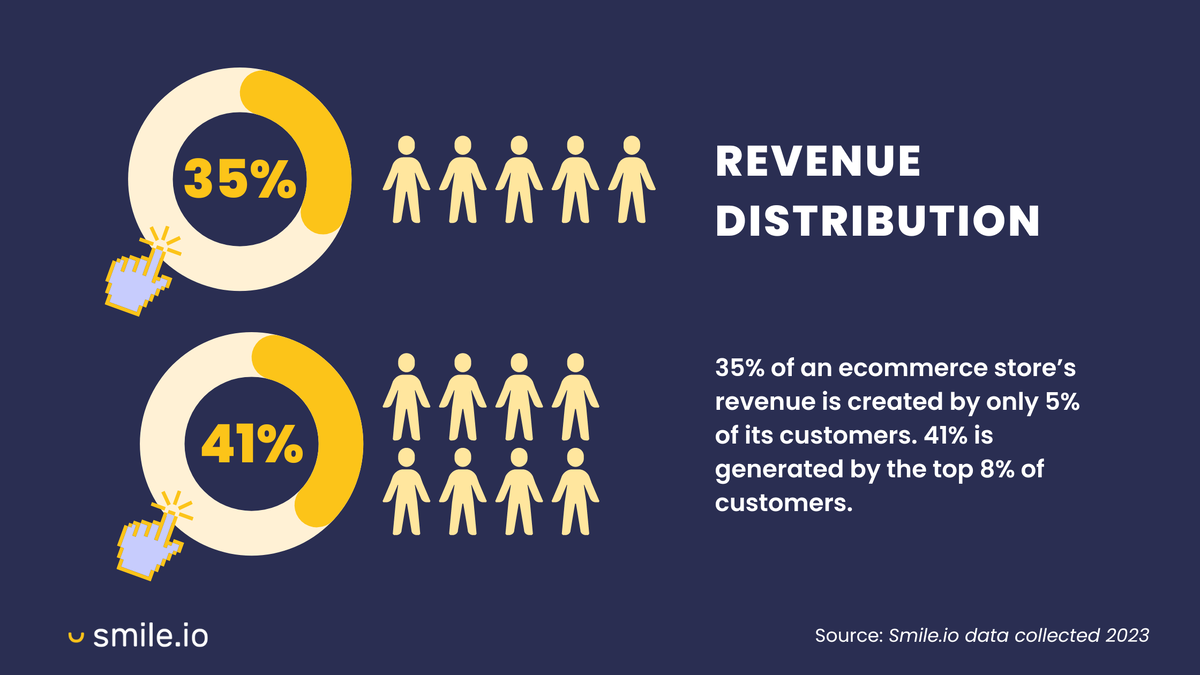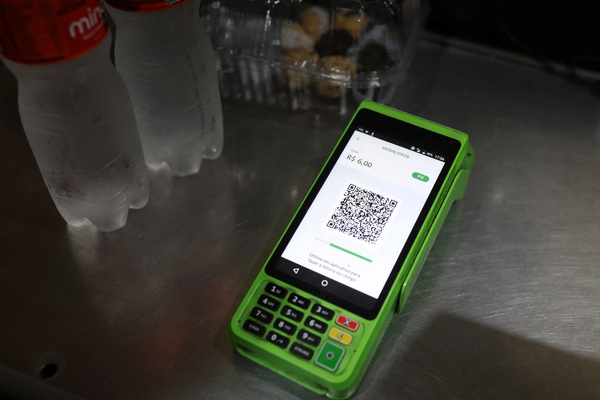The evolution and future of customer loyalty
Sponsored by Smile.ioWith new brands entering the market every day, customer loyalty has never been more important – here’s where things could be headed

With thousands of e-commerce businesses appearing by the day, customer loyalty has never been more important. With more and more options on where to spend their money, customers have a greater opportunity to patronise businesses that more closely align with their beliefs, morals and values – or choose not to support a business altogether for those same reasons.
A core base of customers is crucial when it comes to fuelling the growth of any business. It’s estimated that 35 per cent of an e-commerce store’s revenue is generated by the top 5 per cent of its customers. Customer retention is vital to success, and one of the most effective retention strategies for e-commerce businesses can be the adoption of loyalty and reward programs.

As customers have more options on where to spend their money, customer loyalty becomes increasingly challenging to earn and maintain. But it’s well worth the effort. Effectively fostering customer loyalty comes back to the basics – enhancing the shopping experience from start to finish, whether customers are purchasing online or in-store. Some proven tactics include offering a well-optimised loyalty and rewards program, using omnichannel strategies, and meeting customers on their terms, on any channel, platform or location.
In the days before e-commerce, customer loyalty was more easily earned, since customers were more limited in their choices of where and when to shop. There was less competition in the market and fewer places to buy a product, which, by default, meant fewer choices. This made customers more likely to stick with brands that were convenient or familiar, enabling businesses to gain customer loyalty without extra effort.
The evolution of customer loyalty
As more e-commerce stores enter the market across industries, brands are facing increased competition in customer acquisition, retention and market share. To take just one common e-commerce category as an example, new beauty brands have emerged every year in a sector with a 3.3 per cent market growth rate. With that growth comes the need for customer loyalty, and that’s best achieved with a loyalty program.
According to the State of Commerce Loyalty Report, repeat customer rates are increasing year-over-year in all industries. Clothing and jewelry brands are seeing the most shoppers returning to spend for a repeat purchase, followed by beauty and cosmetics brands. And companies are generating revenue from their retention efforts: clothing and jewelry brands saw an ROI of 478 per cent thanks to loyalty platforms.
Customers who participate in loyalty programs also tend to spend more per purchase, and return more often. Data on customer loyalty programs shows that those who redeem loyalty and reward points spend more per order compared with those who don’t redeem rewards. According to data, shoppers who use loyalty-generated rewards coupons have a 16 per cent higher average order value (AOV) compared with shoppers who use non-loyalty-generated coupons.
E-commerce businesses that delay offering a loyalty program are leaving money on the table. Apart from an increase in ROI, implementing a well-optimised loyalty program builds a brand community and offers additional value for customers.
The future of customer loyalty
The future of customer loyalty is meeting customers where they are. This includes using POS and omnichannel strategies, offering a customer-centric loyalty program, and building a brand community that goes beyond physical borders.
Generating a sale doesn’t always happen through one channel – consumers have unique preferences for how they shop. Merchants should adopt omnichannel commerce strategies, where each channel is connected and offers the same level of experience.
And knowing where your customers are can help shape your omnichannel strategy. A successful strategy doesn’t mean you have to be present on every single channel. It means focusing on the ones relevant to your customers. Here are a few examples of real-life omnichannel strategies that can build customer loyalty:
- A customer earns points on their first online order. They redeem those points on their next in-store purchase.
- A customer sees a product inside a store and decides to go home and buy it online with a discount.
- A customer shopping on a smartphone app has left an item in their cart. They pick up where they were later, and decide to buy it on their laptop.
Today’s merchants are expanding into new international markets, selling to customers in many countries at once. Retention strategies will become increasingly important to deliver comparable value to shoppers in all markets.
The ultimate goal is to build an experience that motivates customers to want to shop with you again. Design your loyalty program based on what your customers actually value. Listen to what your customers are saying and looking for in a loyalty program. This may involve optimising your rewards and VIP structure, or implementing gamification techniques. Customer loyalty can be difficult to earn, but it isn’t impossible.
Check out the complete guide to customer loyalty data in The State of Commerce Loyalty report. To learn more about Smile.io, a loyalty and rewards program, connect with us at Smile.io.

Business Reporter Team
Most Viewed
Winston House, 3rd Floor, Units 306-309, 2-4 Dollis Park, London, N3 1HF
23-29 Hendon Lane, London, N3 1RT
020 8349 4363
© 2025, Lyonsdown Limited. Business Reporter® is a registered trademark of Lyonsdown Ltd. VAT registration number: 830519543





